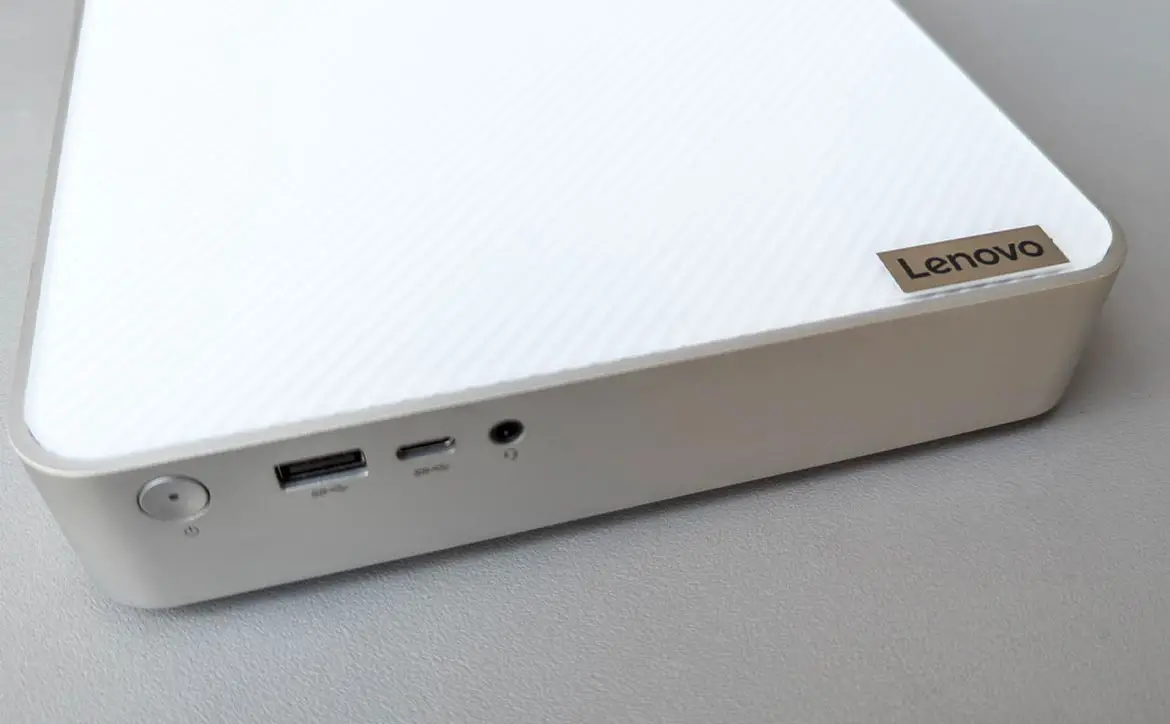The digital revolution moves full steam ahead with no signs of slowing. You might find it challenging to keep up with the latest advancements. If any have missed your radar, review the top tech advancements you should know about.
Estimated reading time: 7 minutes
1. 5G networks
As the fifth generation of cellular network technology, 5G offers improved speed, capacity, and reliability. 5G networks promise much faster data speeds and lower latency than their predecessors, making them ideal for streaming video and gaming applications.
But 5G isn’t just about speed – it also has the potential to revolutionize modern living. For example, 5G-enabled devices can connect homes and businesses to the internet at gigabit speeds, making it possible to download movies or work remotely without lag. In addition, 5G networks will enable a new wave of connected devices, from self-driving cars to smart city infrastructure.
With so much potential, it’s no wonder that 5G is one of the most anticipated technological advances of recent years. 5G networks could even become 100 times speedier than 4G networks and will provide coverage for millions more devices. Network providers are rolling out 5G networks in select cities across the United States.

2. Edge computing
Edge computing is a type of distributed computing that brings storage networks and computation closer to end users and devices like sensors, cell towers, and industrial machines. Users employ edge computing when low latency is key, such as in virtual reality, gaming, and autonomous vehicles.
Other advantages of edge computing include improved security. By distributing data and computation across multiple devices, edge computing can make it more difficult for attackers to access sensitive information. Edge computing also reduces bandwidth. By performing analysis and storage locally, edge computing can reduce the data that needs to travel over the network, freeing up bandwidth for other uses and reducing costs.
Disadvantages of edge computing could include:
- Increased complexity: Edge computing can add complexity to a system by adding more devices and connections, making technical issues more challenging to resolve.
- Reduced reliability: By distributing data and computation across multiple devices, edge computing can make it more difficult to ensure that the system is consistent.
- Increased costs: Edge computing can add to the price of a system by requiring additional hardware and software.
As edge computing technology advances, the disadvantages will likely fade and become moot points.
3. Natural Language Processing models
Natural language processing (NLP) models are used to process and interpret human language. You can use NLP models for tasks such as text classification, sentiment analysis, and machine translation. With the increasing availability of data and computing power, NLP models are becoming more sophisticated and accurate.
Generative pre-trained transformers are neural network architectures that brilliant engineers have designed to advance the latest developments in natural language processing models. Engineers based the model on the Transformer architecture, an effective solution for tasks such as machine translation and question answering. GPT-J extends the Transformer by adding several new features, including a co-attention mechanism and an intents module. These additions allow the model to better capture a text’s meaning and generate more natural and fluent responses. The result is a model that can better understand and communicate in human language. The software is still in development, but it has already shown promise as a tool for improving the performance of natural language processing models.
4. Self-driving cars
Self-driving cars employ sensors and software to navigate without human input. Currently, there are several types of self-driving vehicles on the road, including those with limited capabilities and those that can only handle certain conditions. Forecasters expect self-driving cars to become ubiquitous in the coming years as the technology develops and becomes more affordable.

5. Artificial Intelligence (AI)
AI involves making computers that can learn and work on their own. Many industries hope to see transformations through AI, including healthcare, finance, transportation, and manufacturing. Companies currently use AI to develop and test self-driving cars, diagnose diseases, and create personalized marketing campaigns.
6. Augmented Reality (AR)
AR overlays digital information on top of real-world items. AR has many potential applications, including gaming, education, and retail. Some retailers use AR to allow customers to try on makeup and clothes in the virtual world before buying them. As AR grows, consumers will begin to expect such features to become commonplace.
7. Virtual Reality (VR)
VR is a type of technology that creates a simulated environment. Virtual reality is commonly a feature of gaming and entertainment, but organizations also use it for training, education, and productivity. For example, VR can simulate dangerous environments so that people can train for them without risking injury. VR can also create virtual spaces for collaboration, such as in the design of new products.
8. Internet of Things (IoT)
IoT is a system of interconnected devices and sensors that can collect and exchange data. IoT devices can range from simple sensors to more complex machines, such as connected cars and smart appliances. The devices often come with sensors that can collect data about their surroundings, as well as processors and wireless connectivity that allow them to communicate with other devices and systems.
IoT systems work with various applications, such as monitoring environmental conditions, tracking inventory levels, or controlling home lighting and security systems. Such systems can also provide valuable data for businesses and organizations, such as real-time information about product usage or customer behavior.
The potential benefits of IoT technology are many and varied, but there are also some potential risks associated with its use. For example, IoT devices can generate large amounts of data that may be difficult to manage or secure. Additionally, IoT devices can be hacked or hijacked, which could lead to data breaches or other security issues.
9. Nanotechnology
Nanotechnology is an emerging technology that promises to revamp the way we work, live, and play. The field involves the study and application of tiny materials on the molecular and atomic levels. It promises advantages across science fields such as medical, industrial and environmental applications.
One example of the beneficial use of nanotechnology is in cancer treatment. Skilled technicians can design nanoparticles to target specific cancer cells while leaving healthy cells alone. This type of targeted therapy is less toxic than traditional chemotherapy and can be more effective in treating cancer.
10. Robotics
Robotics complements AI and nanotechnology with grand potential to redefine many aspects of our lives, including the way we work and interact with others to the very way we think about life itself.
In the workplace, robotics and AI are already starting to make their presence felt. In factories, robots are increasingly carrying out complex tasks such as welding, fabricating and assembling parts. In offices, virtual assistants powered by AI are beginning to take on many of the traditional roles of human administrators, from scheduling appointments to managing email inboxes.

11. Quantum computing
Quantum computing is a branch of computer science exploring the use of quantum-mechanical phenomena to perform computation. A quantum computer operates on qubits instead of using 0s and 1s like traditional computers. Since a qubit can be both 0 and 1 simultaneously, this complex and fascinating capability allows for more efficient execution of certain kinds of algorithms. The power of quantum computers means improved predictive models and higher levels of efficiency in data processing.
With so much occurring in the world of technology, no one can keep up with every advancement. However, knowing about these tech advancements can give you substantial information to stay ahead of the curve.
What do you think about these 11 tech advancements? Let us know on social media by using the buttons below.










